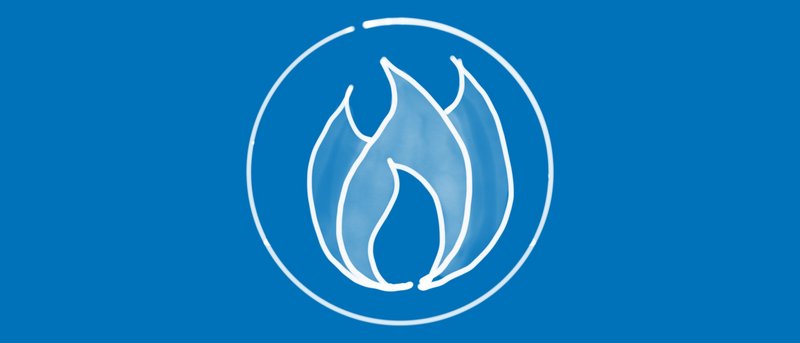Fire Testing and Research Laboratory
Examining the fire-resistance performance of building components is the main purpose of the activities conducted at TU München's Building Fire Testing and Research Laboratory.
It was thanks to the generosity of an industrial foundation that the Department of Building Technology and Building Physics was able to set up the Research and Testing Laboratory in 1972. Fire resistance tests for service installations constitute the bulk of the work. Experiments were launched in 1974. In 1983, the Laboratory was relocated to Dachau where a new fire-testing furnace was installed.
The work covers research, classification and analysis. To begin with, the laboratory concentrated on fundamental research into ventilation and smoke extraction ducts and the respective cut-off devices (dampers), and it is still involved in their ongoing development to the present day. From 1976 onwards, the laboratory's main focus was on smoke vents for mechanical smoke extraction and corresponding certificates of conformity. The results of its development work and laboratory tests have been incorporated in numerous national and European standards and guidelines and are used for updating and amendments.
Today, the Research and Testing laboratory is recognized throughout Europe as a reputable institute with international customers from industry and the building sector. The leading manufacturers in the ventilation industry have developed their products to marketing maturity in conjunction with the laboratory and it is in this field that companies employ TUM as a hallmark of quality.
The laboratory's sound experience is of great value in special analytical assignments and construction-accompanying consultancy when it comes to fire protection performance. The laboratory acts in an advisory capacity for spectacular building projects.
Thanks to its modular construction, the fire-testing furnace makes it possible to vary the testing apparatus, as required. It can be adapted to imitate a particular scenario in the event of an outbreak of fire in a building in order to conduct specific tests. For instance, the laboratory was the only institute in Europe that was able to provide the proof required for a tunnel project in Chile that an axial ventilator with a diameter of 2 meters and a weight of 8 tons would continue to function for more than 2 hours at temperatures in the region of 600°C and accordingly fulfil the mechanical requirements imposed on smoke extraction equipment.
By way of an example of current construction-accompanying, structural fire-resistance measures, we would particularly like to mention Munich Airport's Terminal 2, BMW World and the Olympiapark underground railway station in Munich.
